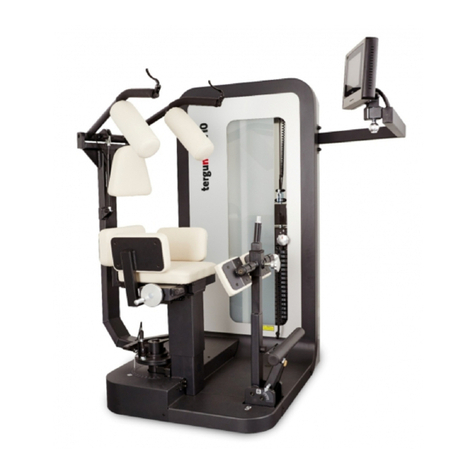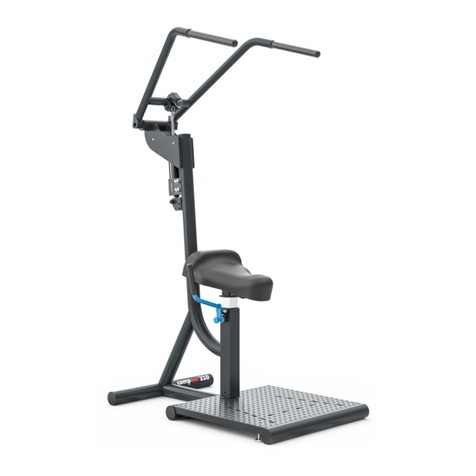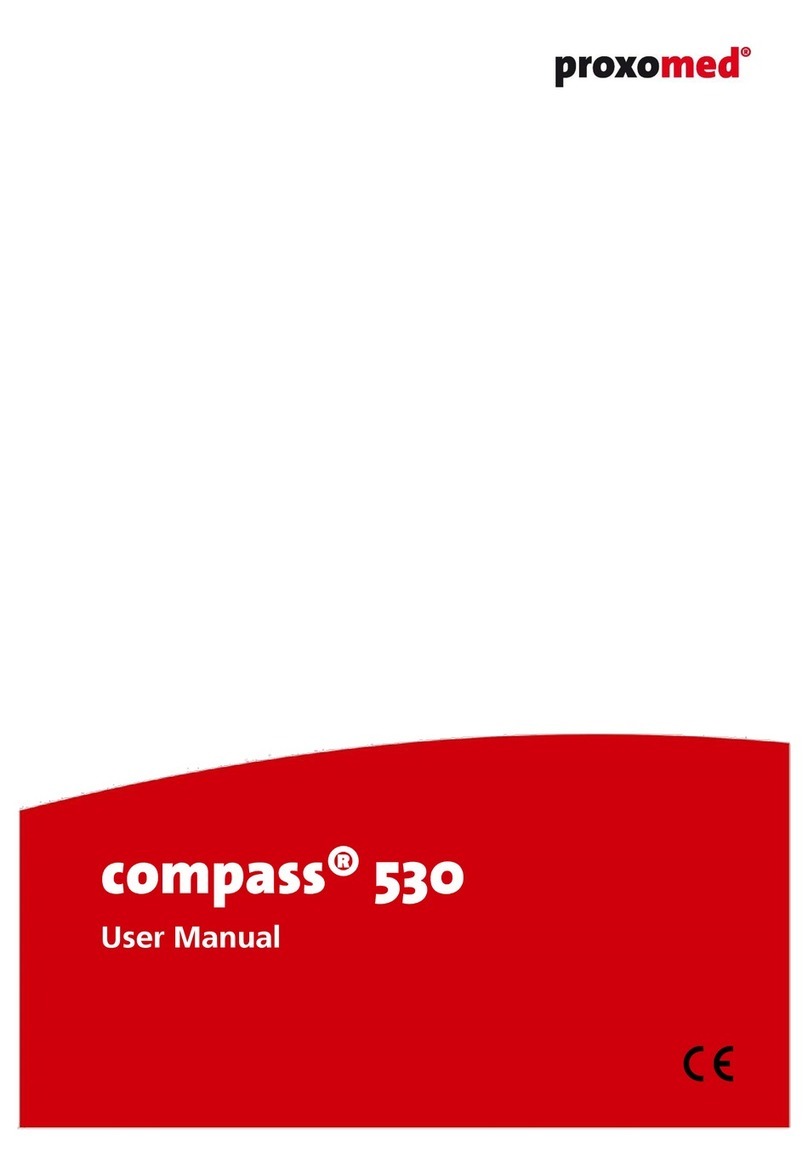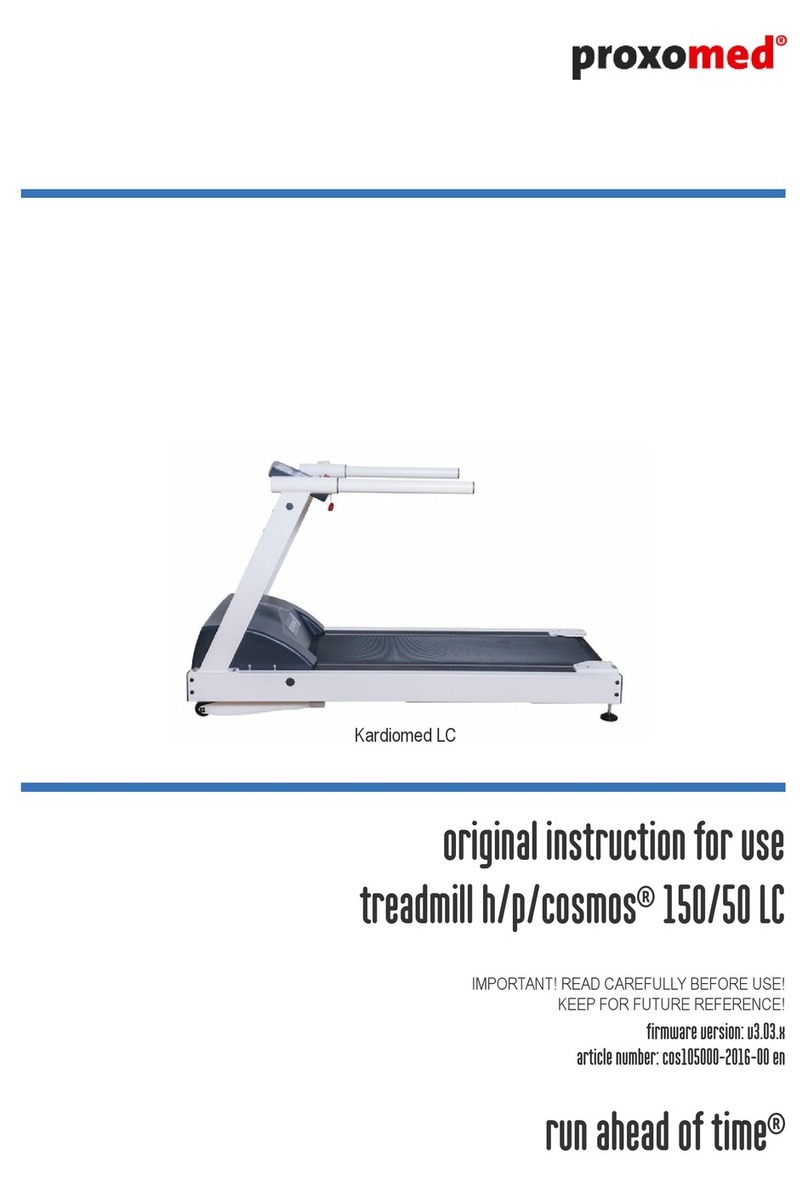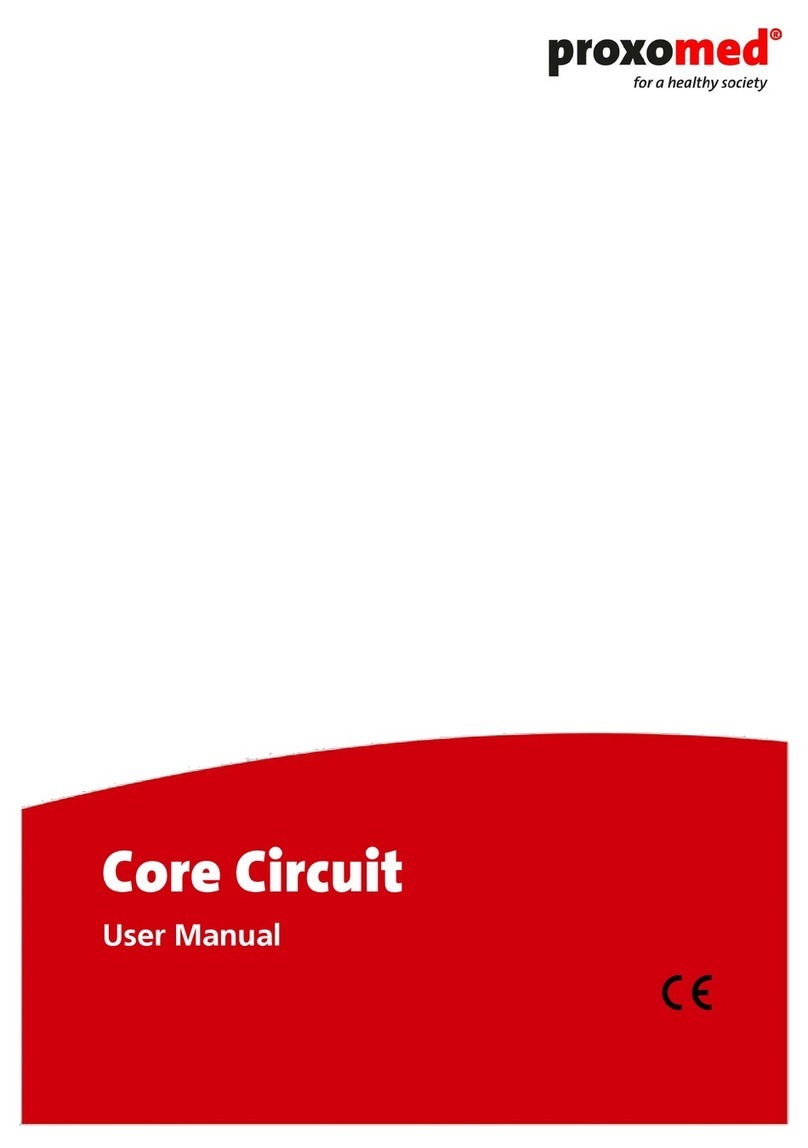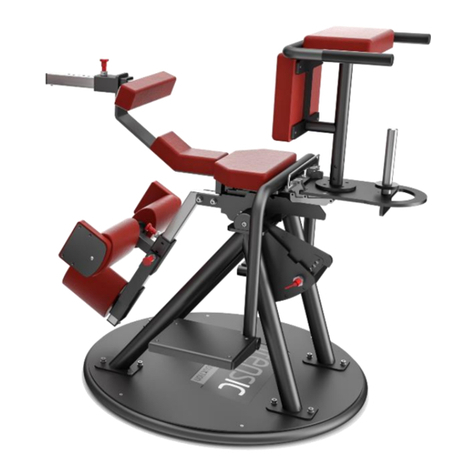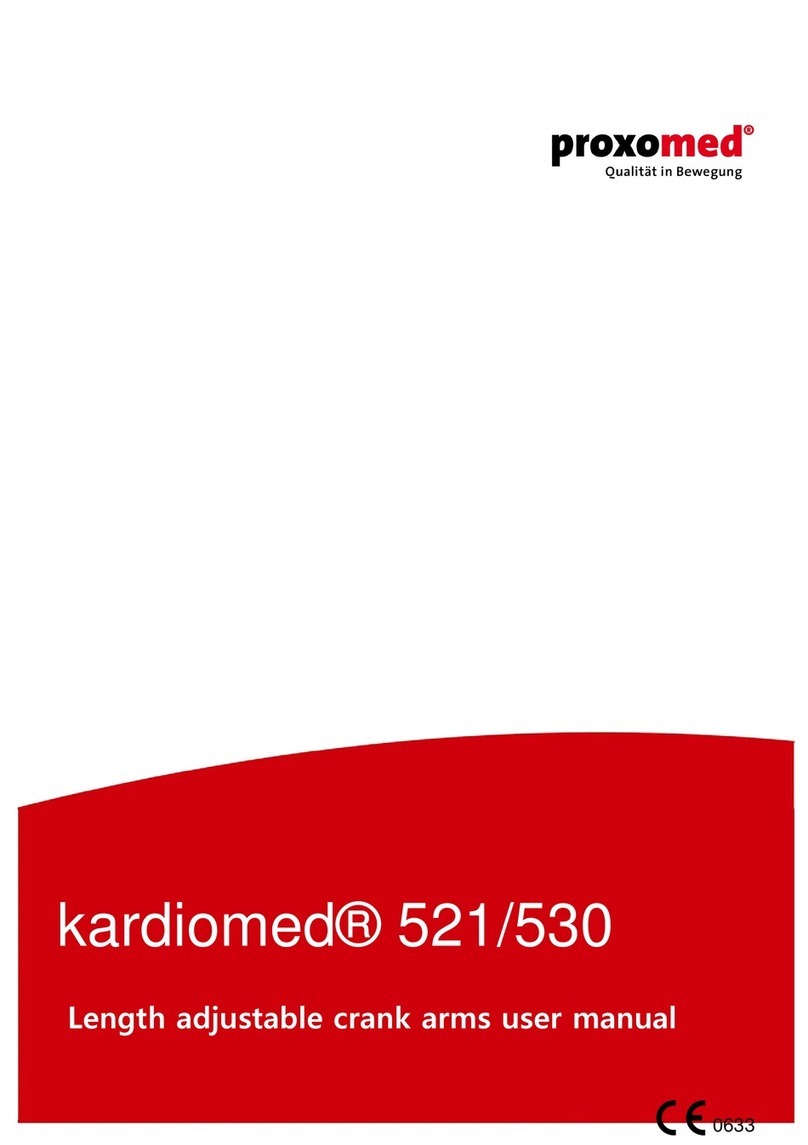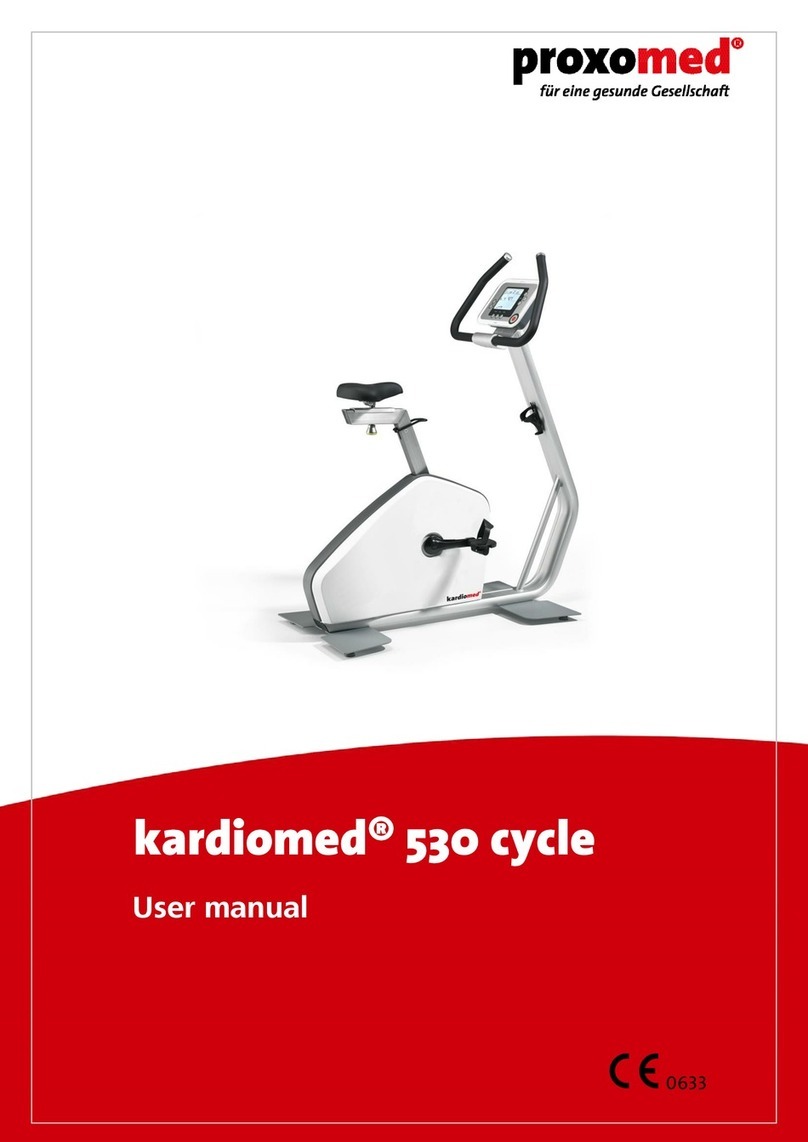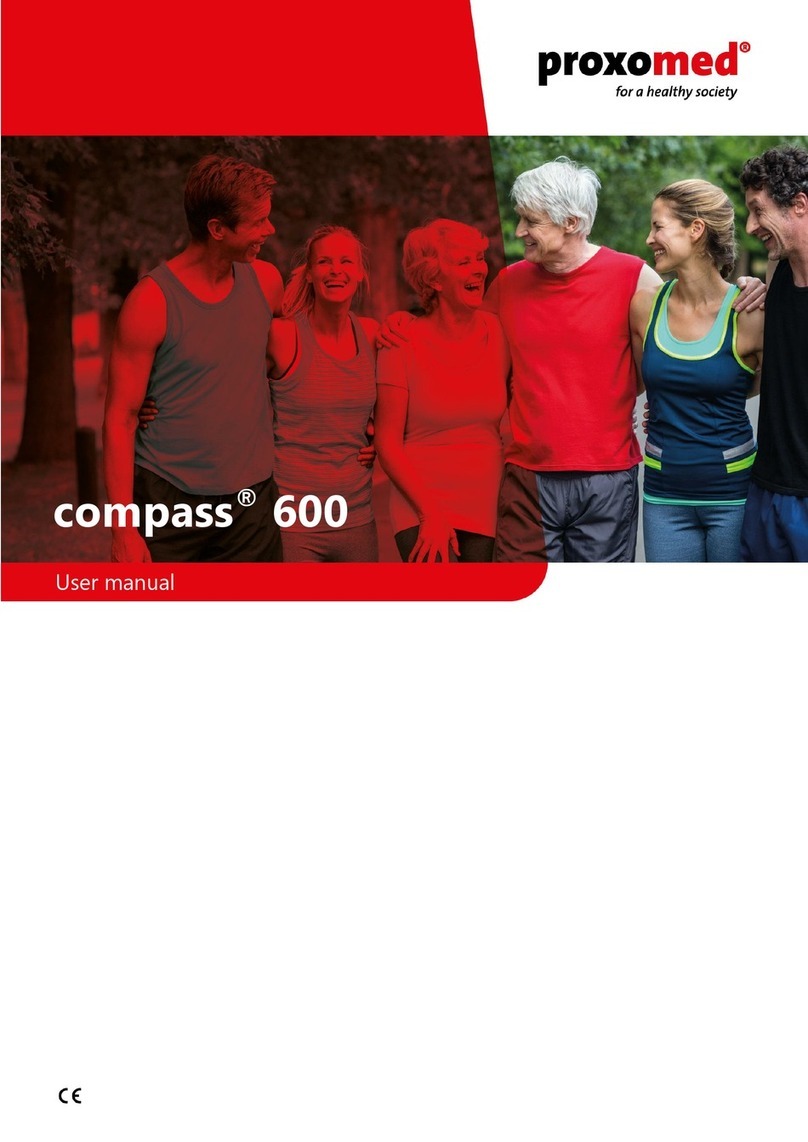4
Table of Contents
1Foreword.................................................................................................................................... 3
2Legend........................................................................................................................................ 6
2.1 General symbolism .......................................................................................................................................................6
2.2 Safety instructions.........................................................................................................................................................6
3Safety instructions .................................................................................................................... 7
3.1 Marking on the device.................................................................................................................................................7
3.2 Applied symbols for transport .................................................................................................................................8
3.3 Liability notice.................................................................................................................................................................9
3.4 Intended use....................................................................................................................................................................9
3.5 Indications and contraindications........................................................................................................................11
3.6 Patient target group.................................................................................................................................................. 11
3.7 Clinical benefit ............................................................................................................................................................. 11
3.8 Responsible operation.............................................................................................................................................. 11
3.9 Safety regulations.......................................................................................................................................................12
3.10 Side effects and residual risks ...............................................................................................................................12
3.11 Incident reporting ...................................................................................................................................................... 12
4Storage, transport and installation ....................................................................................... 13
5Commissioning........................................................................................................................ 15
6Training tips............................................................................................................................. 16
7Device descriptions ................................................................................................................. 18
7.1 compass®MTT International Back Trainer .......................................................................................................18
Intended use.......................................................................................................................................................18
Application .......................................................................................................................................................... 18
Settings................................................................................................................................................................. 19
7.2 compass®MTT Crunch Bench...............................................................................................................................20
Intended use.......................................................................................................................................................20
Application .......................................................................................................................................................... 20
Settings................................................................................................................................................................. 21
7.3 compass®MTT Adjustable Incline and Flat Bench........................................................................................22
Intended use.......................................................................................................................................................22




















